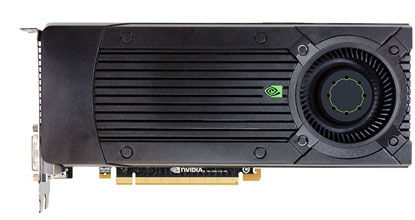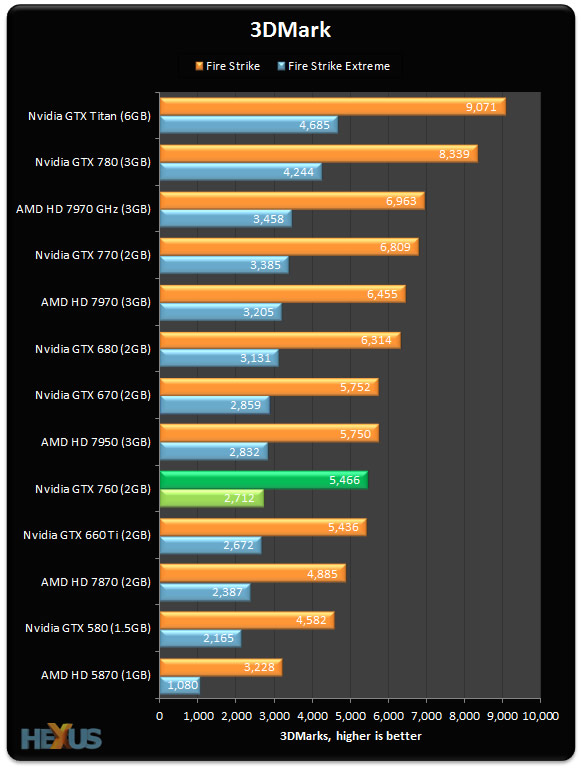Our Aim
To provide you with an overview on New And existing technologies, hopefully helping you understand the changes in the technology. Together with the overviews we hope to bring topical issues to light from a series of independent reviewers saving you the time And hassle of fact finding over the web.
We will over time provide you with quality content which you can browse and subscribe to at your leisure.
TekSpek 's

NVIDIA GeForce GTX 760
Date issued:
Nvidia GeForce GTX 760
Guess what? Nvidia is rolling out yet another 7-series GPU today, making hay while arch-rival AMD wrestles with what to do next. This new card is the GeForce GTX 760 and it takes many design cues from the presently-available GTX 670 and GTX 660 Ti GPUs.
Scan expect partners to release boards from around the £200 mark, thereby putting the GTX 760 at roughly the same price as a GTX 660 Ti and, looking over to the red team, between the Radeon HD 7870 and HD 7950 cards.

The reference card measures 9.5in in length and uses a radial fan to push air through a fully-enclosed heatsink and out of the back. Just like the GTX 670, the actual PCB is only 6.75in long, and the memory arrangement stays the same as GTX 670, that is, a 2GB framebuffer operating at 6,008MHz.
So what GK104 (Kepler) silicon finagling has Nvidia engaged in when pulling and pushing the Kepler architecture in order to meet this new price point? As always, the devil is in the details, so here are the specifications of five high-end graphics cards that all vie for the £200-£300 space.
Specification
| GPU | GeForce GTX 760 (2,048MB) | GeForce GTX 670 (2,048MB) | GeForce GTX 660 Ti (2,048MB) | Radeon HD 7950 (3,072MB) | Radeon HD 7870 (2,048MB) |
|---|---|---|---|---|---|
| Launch date | June 2013 | May 2012 | August 2012 | January 2012 | March 2012 |
| DX API | 11.1 | 11.1 | 11.1 | 11.1 | 11.1 |
| Process | 28nm | 28nm | 28nm | 28nm | 28nm |
| Transistors | 3.54bn | 3.54bn | 3.54bn | 4.3bn | 4.3bn |
| Approx Die Size | 294mm² | 294mm² | 294mm² | 352mm² | 352mm² |
| Processors | 1,152 | 1,344 | 1,344 | 1,792 | 1,280 |
| GPU Boost | v1.0 | v1.0 | v1.0 | AMD-specific | N/A |
| Texture Units | 96 | 112 | 112 | 112 | 80 |
| ROP Units | 32 | 32 | 32 | 32 | 32 |
| GPU Clock/Boost (MHz) | 980 (1,033) | 915 (980) | 915 (980) | 800/925 | 1,000 |
| Shader Clock/Boost (MHz) | 980 (1,033) | 915 (980) | 915 (980) | 800/925 | 1,000 |
| GFLOPS | 2,258 | 2,460 | 2,460 | 2867+ | 2,560 |
| Memory Clock (MHz) | 6,008 | 6,008 | 6,008 | 5,000 | 4,800 |
| Memory Bus (bits) | 256 | 256 | 192 | 384 | 256 |
| Max bandwidth (GB/s) | 192.2 | 192.2 | 144.2 | 240 | 153.6 |
| Power Connectors | 6+6 | 6+6 | 6+6 | 6+6 | 6+6 |
| TDP (watts) | 170 | 170 | 150 | 180 | 175 |
| GFLOPS per watt | 13.28 | 14.47 | 16.40 | 15.93 | 14.63 |
| Current price | $249 | $349 | $299 | $299 | $249 |
The GTX 760 can genuinely be thought of as a GTX 670/660Ti in many ways though, technically speaking, it loses an entire SMX unit that's home to 192 processors and 16 texture units. This is why it has few shader-cores than the two comparison Nvidia cards in the table. The new GPU makes up some of the performance shortfall by clocking at a higher frequency than the 6-series parts, and illustrating this point, the peak GFLOPS throughput is only nine per cent lower than a GTX 670.
Nvidia first implemented 7Gbps GDDR5 memory on the GeForce GTX 770 GPU but this is considered too expensive to be used on a cheaper card like the GTX 760. But carrying the same 32 ROPs, 256-bit-wide memory bus and 6,008MHz-rated GDDR5 as the GTX 670/660 Ti, the backend architecture of the GTX 760 is the same.
So what does this all mean? Well, GeForce GTX 760 can be thought of as the GTX 660 Ti in reverse, because whereas the 660 variant kept the same top-end as GTX 670 but reduced the memory partition down from 256 bits to 192 bits, GTX 760 goes the other way, prioritising bandwidth over cores. This should mean the GTX 660 Ti has the upper hand at lower resolutions while GTX 760's extra bandwidth tells when the load is increased.
The GTX 760, then, is very much like high-end cards released by Nvidia last year. Performance, too, is similar, as shown on the graph below.
Performance

Expect a stock-clocked GTX 760 to be slower than the £300 GTX 670 - it loses out on one entire SMX unit, after all - but do understand that the 7-series iteration is expected to cost at least £50 less. The arrival of a newer, cheaper card likely means the older 6-series cards will be discontinued soon.
Summary
Nvidia has introduced the GeForce GTX 760 GPU to provide the best gaming performance at £200 or so. Entirely based on the GK104 architecture that powers presently-available GTX 680/670 and 660 Ti GPUs, this card tinkers with the Kepler die and massages it into a graphics processor that provides very solid competition to the Radeon HD 7950.
Performance is good enough to play all the latest PC games, at high-quality settings, when running at the full-HD (1,920x1,080) resolution that's common on most new monitors today. Putting absolute performance into context, the GeForce GTX 760 card is more powerful than the graphics processors in the upcoming PlayStation 4 or Xbox One consoles, by the way.
As always, the widest selection of GeForce GTX 760 graphics cards are available to order from Scan Computers.